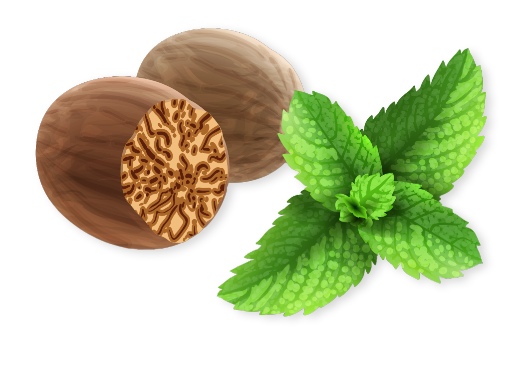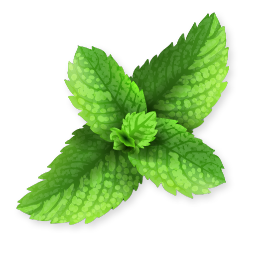Eczema vs. Psoriasis vs. Dermatitis: A Clear Guide to Telling Them Apart
Thursday, May 22, 2025Skin conditions can often look and feel similar—itching, redness, flaking—but understanding the differences between eczema, psoriasis, and dermatitis is crucial for effective treatment. While these terms are sometimes used interchangeably or incorrectly, each condition has distinct characteristics, causes, and treatment approaches. Here’s a clear guide to help you tell them apart.
What They Have in Common
Before diving into the differences, it’s helpful to know what links these skin conditions: they are all inflammatory disorders that can present with itching, redness, and scaling. Each one can be chronic or recurrent, and often requires ongoing management. Triggers may include environmental irritants, immune system issues, or stress.
Despite these overlaps, each condition has unique features that can help with identification.
Eczema (Atopic Dermatitis)
Overview:
Eczema is a common skin condition, especially among children, characterised by dry, itchy, inflamed skin. It often runs in families and is linked with allergies, asthma, and hay fever.
Key Features:
- Intense itching, often worse at night
- Dry, cracked, red skin that may ooze or bleed
- Common areas: face, neck, elbows, knees, and hands
- Triggered by allergens, irritants, stress, or weather changes
- Flares up in cycles, with periods of improvement
Eczema is typically more common in people with a personal or family history of allergic conditions.
Psoriasis
Overview:
Psoriasis is an autoimmune condition that accelerates the skin cell turnover process, resulting in the build-up of thick, scaly patches.
Key Features:
- Well-defined plaques with silvery-white scales
- Common areas: scalp, elbows, knees, and lower back
- Mild to moderate itching, with possible burning or soreness
- Skin is usually dry but doesn’t blister or ooze
- Triggered by infections, cold weather, stress, or medications
- May involve nail changes like pitting or thickening
Psoriasis tends to appear in adulthood and may run in families with autoimmune tendencies.
Dermatitis (Contact Dermatitis)
Overview:
Dermatitis is a broad term for skin inflammation. Contact dermatitis, the most common type, occurs when the skin reacts to a specific irritant or allergen.
Key Features:
- Rash appears shortly after exposure to the triggering substance
- Localised to the contact area (e.g., wrist from metal watch, hand from detergent)
- Redness, itching, swelling, and sometimes blistering
- Triggered by soaps, metals, plants, fragrances, or chemicals
- Usually resolves when the irritant or allergen is removed
Dermatitis is especially common among people with sensitive skin or those frequently exposed to harsh substances.
Visual and Sensory Differences
| Feature | Eczema | Psoriasis | Contact Dermatitis |
| Appearance | Dry, red, sometimes oozing | Thick, silvery-white scales | Red, swollen, sometimes blistered |
| Itching | Very itchy | Mild to moderate itch or burning | Itchy, sometimes painful |
| Distribution | Folds of skin, hands, face | Elbows, knees, scalp, back | Only where skin contacted allergen |
| Duration | Chronic, flares periodically | Chronic, may persist without flares | Temporary, resolves if trigger is removed |
| Cause | Immune and allergy-related | Autoimmune | Contact with irritant or allergen |
Diagnosis and Treatment
A proper diagnosis is essential, as treating the wrong condition can delay healing. Dermatologists use physical examination, medical history, and sometimes tests like skin biopsies or patch tests to confirm the diagnosis.
Treatment Options:
- Eczema: Moisturisers, topical steroids, antihistamines, lifestyle changes
- Psoriasis: Steroid creams, phototherapy, immune-modulating treatments
- Dermatitis: Avoidance of triggers, topical creams, barrier protection
Lifestyle habits like stress management, a balanced diet, and keeping the skin hydrated help in managing all three conditions. In traditional medicine systems like Ayurveda, these conditions are viewed as imbalances in the body’s doshas, particularly Pitta, and are addressed through internal detoxification, calming herbs, and skin-soothing remedies like neem and manjistha.
Although eczema, psoriasis, and dermatitis share some overlapping symptoms, they are fundamentally different conditions. Paying attention to the pattern of symptoms, their triggers, and where they appear on the body can help you distinguish between them. If you’re unsure, consult a dermatologist for accurate diagnosis and personalised treatment. Recognising the difference is the first step toward healthier, more comfortable skin.
You can write to us.
BOOK APPOINTMENT



























